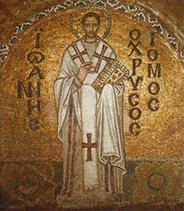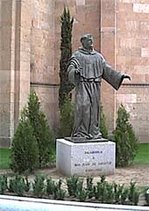Whatever lah!
Here is an extract of a wikipedia article on the use of lah in Singlish, the dialect of English spoken in Singapore, which is similar to the English spoken in Malaysia and subsequently the way Indonesians speak English as well:
Discourse particles
Particles in Singlish are highly comparable to Chinese. In general, discourse particles occur at the end of a sentence. Their presence changes the meaning or the tone of the sentence, but not its grammaticality.
Particles are noted for keeping their tones regardless of the remainder of the sentence. Most of the particles are directly borrowed from southern Chinese varieties, with the tones intact.
[edit] Lah
The ubiquitous word lah (/lɑ́/ or /lɑ̂/) is used at the end of a sentence. Lim (2004) describes it as a particle that simultaneously asserts a position and entices solidarity.
Note that 'lah' is often written after a comma for clarity, but there is never a pause before a lah. This is because in the original Malay, 'lah' is appended to the end of the word and is not a separate word by itself.
In Malay, 'lah' is used to change a verb into a command or to soften its tone, particularly when usage of the verb may seem impolite. To drink is minum, but 'Here, drink!' is "minumlah!". Similarly, 'lah' is frequently used with imperatives in Singlish:
- Drink, lah! (Come on, drink!)
'Lah' also occurs frequently with "Yah" and "No" (hence "Yah lah" and "No lah"). The results sound less brusque and facilitate the flow of conversation.
Lah is often used with brusque, short, negative responses:
- Dun have, lah! (Brusque response to, "Lend me some money, can?")
- Dun know oreddy, lah! (Brusque response to someone fumbling with an explanation.)
Lah is also used for reassurance:
- Dun worry, he can one lah. Don't worry, he can [do it].
- It's okay lah. It's all right.
Lah can also be used to emphasize items in a spoken list, appearing after each item in the list.





















No comments:
Post a Comment